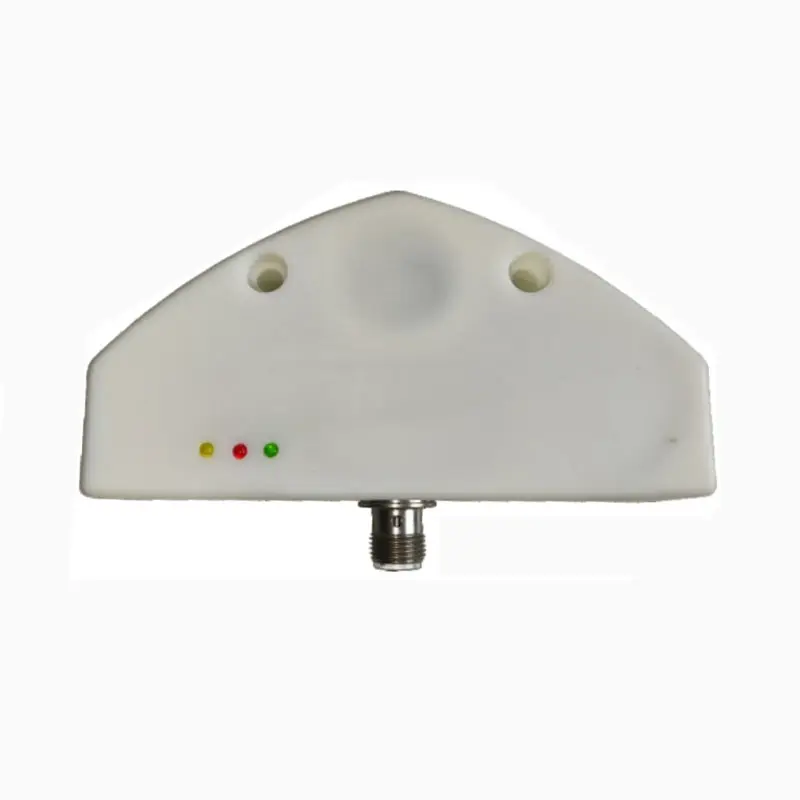slot type photoelectric sensor
A slot type photoelectric sensor represents a sophisticated detection device that combines precision engineering with reliable performance. This U-shaped sensor consists of an emitter and receiver positioned on opposite sides of a slot, creating a consistent light beam for detection. The sensor operates by monitoring interruptions in this beam, making it ideal for detecting objects that pass through the slot. With its integrated design, the sensor offers exceptional accuracy in detecting small objects, position changes, and material presence. The technology employs advanced LED emission and photodiode reception systems, ensuring stable operation across various environmental conditions. These sensors excel in applications requiring high-precision detection, such as counting products on conveyor lines, monitoring label presence, detecting edge positions, and verifying proper assembly in manufacturing processes. The compact design allows for easy installation in tight spaces, while the self-contained nature of the sensor eliminates the need for separate alignment of emitter and receiver components. Modern slot sensors often include digital displays, adjustable sensitivity settings, and multiple output options to accommodate diverse industrial requirements. Their robust construction ensures reliable operation in challenging industrial environments, making them essential components in automation systems.








